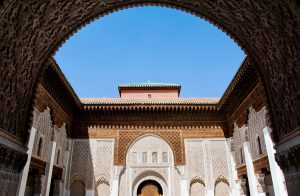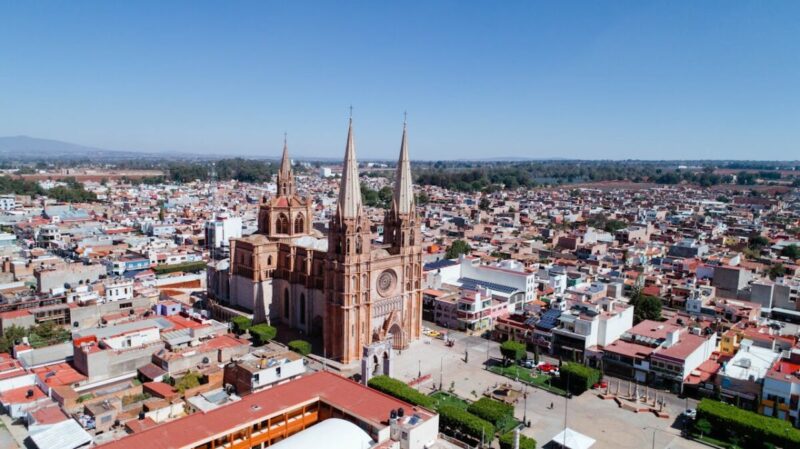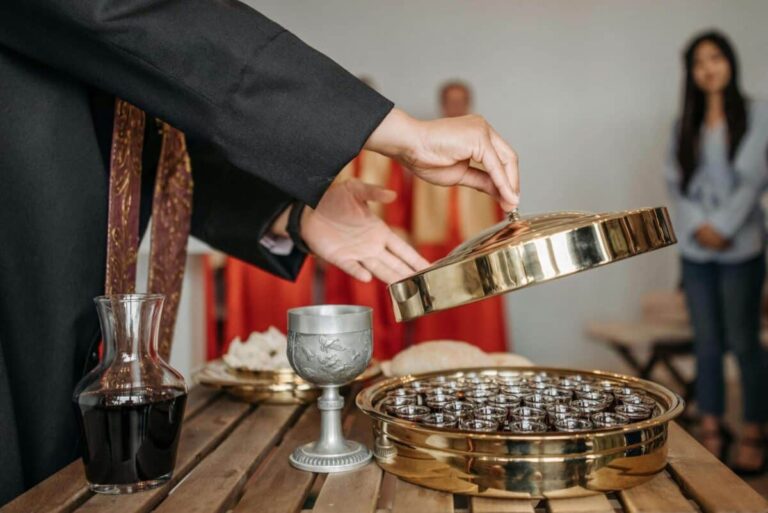Saint Barsanuphius 6th C. Greek Hermit
Saint Barsanuphius was a 6th-century Greek hermit. He did after 543, but we do not know when he was born. He lived in a desert. With John the Prophet, Saint Barsanuphius gave spiritual direction and advice to a variety of people in the region of Gaza. Most of this advice was given through letters, some 850 of which still exist. They provide a wonderful bit of insight into Saint Barsanuphius’s thought. He is a saint in both the Roman Catholic and Eastern Orthodox churches. Had you ever heard of him?
Saint Barsanuphius Biography

Saint Barsanuphius was born in Egypt. We know that much. he lived in the hilly region of Thavata, close to Gaza in the early 6th century and began to live as a recluse in a cell near the village. He probably moved to the desert because of the pro-Chalcedonian stance of the region compared to where he was from. Saint Barsanuphius was already an experienced ascetic before his arrival and experienced in the tradition of the Desert Fathers, but it remains uncertain whether he was ordained a priest.
In Thavata, Saint Barsanuphius started to offer advice and spiritual direction to other ascetics who were living in the region, among others to the community of the nearby monastery, which became increasingly responsible for the support of the various monks who gathered around the hermit. The abbot of the monastery, Seridus of Gaza, became the only person who communicated directly with Saint Barsanuphius, who was truly isolated and acted as mediator for those who wished to be counselled by the hermit.
Between the years 525 and 527, another hermit called John came to live in the same monastic community as a disciple of Barsanuphius, who surrendered his cell to John, moving into another nearby cell. Saint Barsanuphius became known as the “Great Old Man,” while John was called “The Other Old Man” or “the Prophet”. They were a famous pair at the time. John placed himself under the spiritual authority of Saint Barsanuphius.
Oddly, sometime between 543 and 544, Seridos and John died within two weeks of each other, upon which Saint Barsanuphius entered complete seclusion, without a link to the outside world. The story of Saint Barsanuphius’ death is amazing. In 593, the Syrian Christian Evagrius Scholasticus recorded that it was still believed that Barsanuphius was alive. Evagrius recounts that when the patriarch of Jerusalem ordered the door to his cell to be opened, fire flashed out.
Saint Barsanuphius and John, great partners, were sought to provide advice and spiritual direction by a diverse group of people. These included other hermits, priests, bishops, and monks as well as lay persons of various professions. As such, they continued the tradition of spiritual direction that flourished in the deserts of Egypt, Palestine, and Syria. This spiritual direction provides a rich understanding of their thinking.
Saint Barsanuphius and John corresponded with their disciples through letters transmitted by Seridus and Dorotheus, with around eight hundred and fifty letters surviving (of which Barsanuphius wrote around four hundred). In these letters, they answered all kinds of queries by their disciples, from small practicalities to deeply theological topics. In their letters, the Bible is often adapted allegorically and spiritually in order to respond to the needs of each individual. The letters are a great source for scholars.
Conclusion
Not much is known about Saint Barsanuphius, including when he was born or when he died. However, we know about his thoughts from his letters. Though we know very little about him, Barsanuphius was depicted on the altar cloth of the Hagia Sophia next to Anthony the Great and Ephrem the Syrian. Also, there is evidence of his effect in the twentieth century. During World War II, he is said to have spread his blue cape across the sky of Oria, Palestine, thus causing a rainstorm and preventing an air bombing by Allied Forces.







